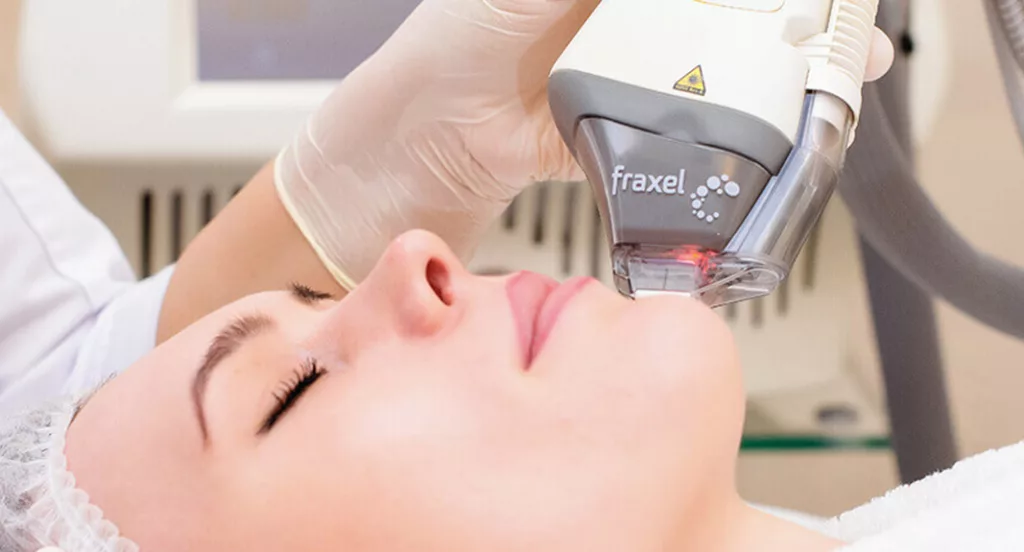What is Fraxel laser resurfacing?
Fraxel is a type of laser skin resurfacing treatment designed to improve the skin’s appearance by treating a variety of skin concerns. The Fraxel laser creates controlled, microscopic skin injuries, which stimulate the body’s natural healing process and encourage collagen production. Over time, this leads to smoother, firmer, and more even-toned skin.
How does Fraxel laser skin resurfacing work?
Fraxel laser treatments are completely customizable to treat specific individual skin conditions by stimulating the production of healthy, new skin. The Fraxel laser uses unique fractional laser technology to create micro-injuries deep beneath the skin’s surface. As the skin begins to heal, the channels repair themselves by creating new collagen and healthy skin. Imperfections like brown spots, wrinkles, and scar tissue are replaced with smooth, toned, and youthful skin.
